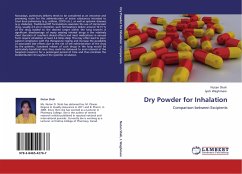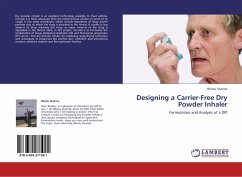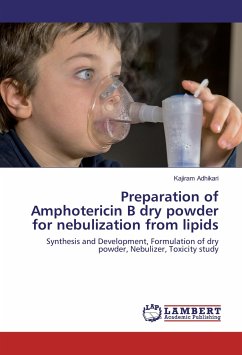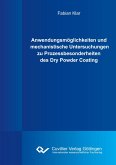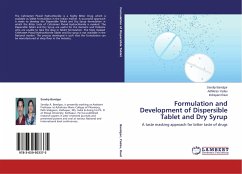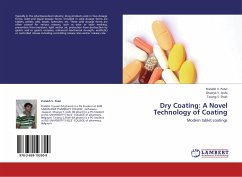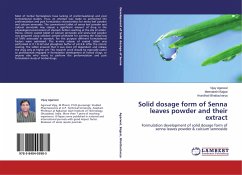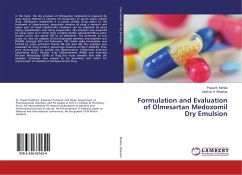Nowadays, pulmonary delivery tends to be considered as an attractive and promising route for the administration of active substances intended to treat local pulmonary (e.g. asthma, COPD etc.), as well as systemic diseases (e.g. diabetes). Traditional DPI formulations associate the use of micronized drug, usually 2-5 µm in diameter, such formulations deliver around 10-15 % of the drug loaded to the desired target within the lung bronchi. A significant disadvantage of many existing inhaled drugs is the relatively short duration of resultant clinical effects and most medications in aerosol form require inhalation at least 3-4 times daily. This may often lead to poor patient compliance with the therapeutic regime and increase the possibility of associated side effects due to the risk of self administration of the drug by the patients. Sustained release of such drugs in the lung would be particularly beneficial since they could be delivered to and retained at the targeted receptors for a prolonged period of time and thus minimize the biodistribution throughout the systemic circulation.
Bitte wählen Sie Ihr Anliegen aus.
Rechnungen
Retourenschein anfordern
Bestellstatus
Storno

